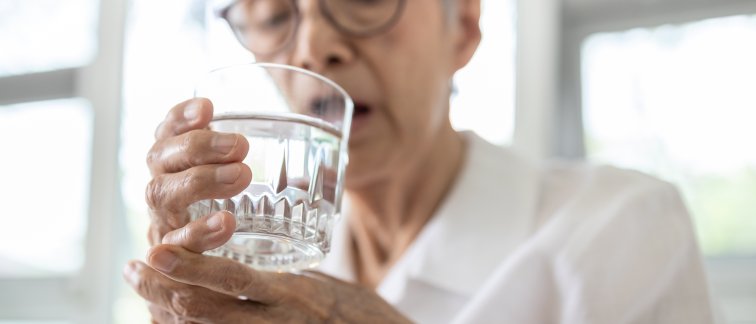Patients with essential tremor experience involuntary shaking movements, typically affecting their hands. Essential tremor can have a significant impact on daily activities that require precise motor control, which can be very disabling and lead to embarrassment.
Essential tremor and deep brain stimulation
DBS is a well-established and effective treatment option for neurological and psychiatric conditions. By implanting electrodes in specific brain regions and using electrical impulses, DBS effectively regulates neural activity. As a result, in patients with essential tremor, DBS successfully reduces and suppresses the tremor, offering significant relief and improved quality of life.

Room for improvement
However, sometimes the tremor returns over time despite DBS and patients often experience unpleasant side effects, probably because the stimulation is on continuously. As essential tremor patients only experience tremors during movement, it would be ideal for stimulation to be applied solely during those instances. Recent developments make this new, intelligent form of stimulation possible, called closed-loop DBS.
From nuisance to blessing in disguise: towards closed-loop DBS using movement artefacts
With the ZonMw Off Road grant, Buijink’s goal is to investigate how to control closed-loop DBS by measuring tremor and movement. Recent developments have paved the way for delivering this form of intelligent stimulation, however significant challenges remain. It is now possible to record neural activity directly from the DBS electrodes. Neural activity related to tremor and movement is present throughout the motor network. Yet processing this in real-time requires advanced algorithms not easily implementable on current neurostimulators. Moreover, movement-related artefacts are present and considered as unwanted noise. The stability of these artefacts however might be a blessing in disguise, and could potentially be used to trigger stimulation. This project will define what signal characteristics could be used for an on-demand closed-loop DBS algorithm for tremor.

